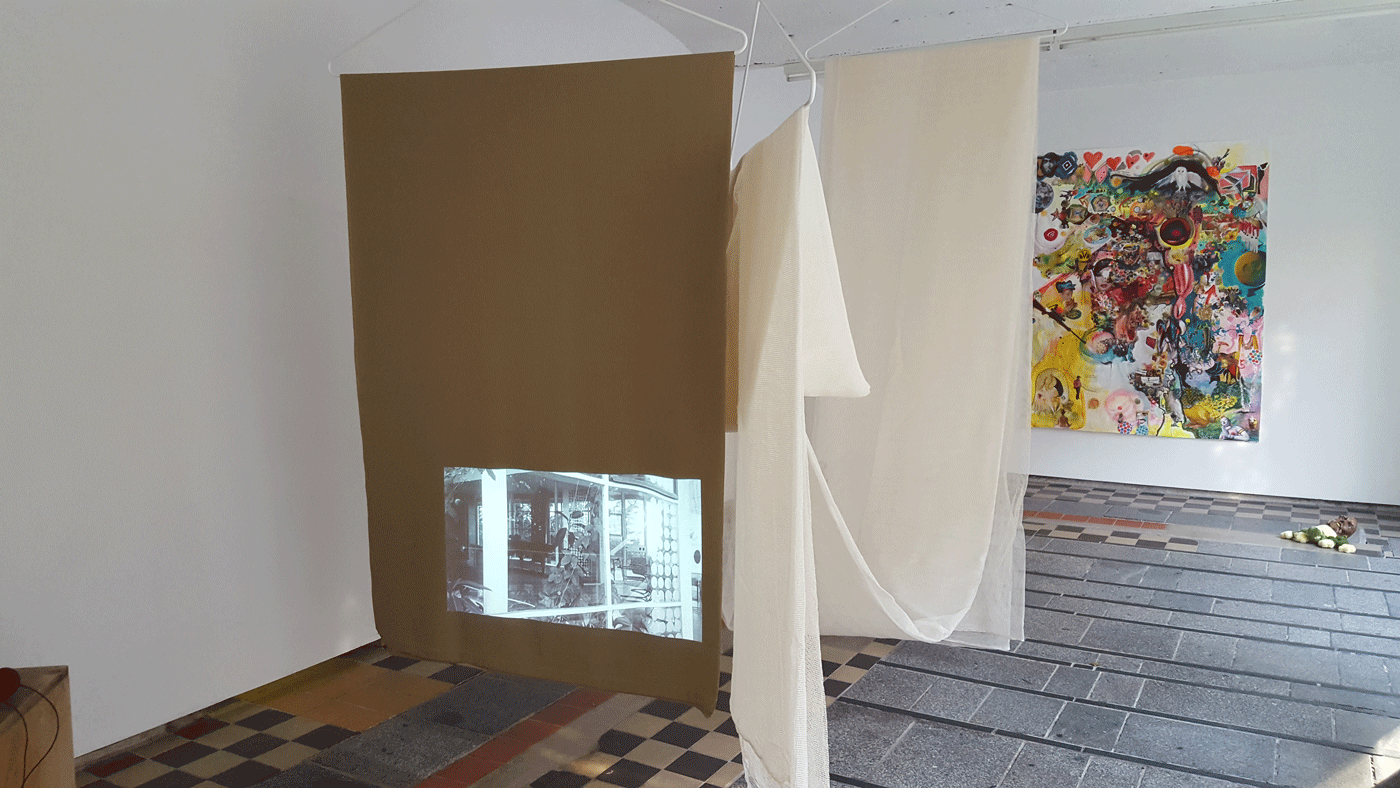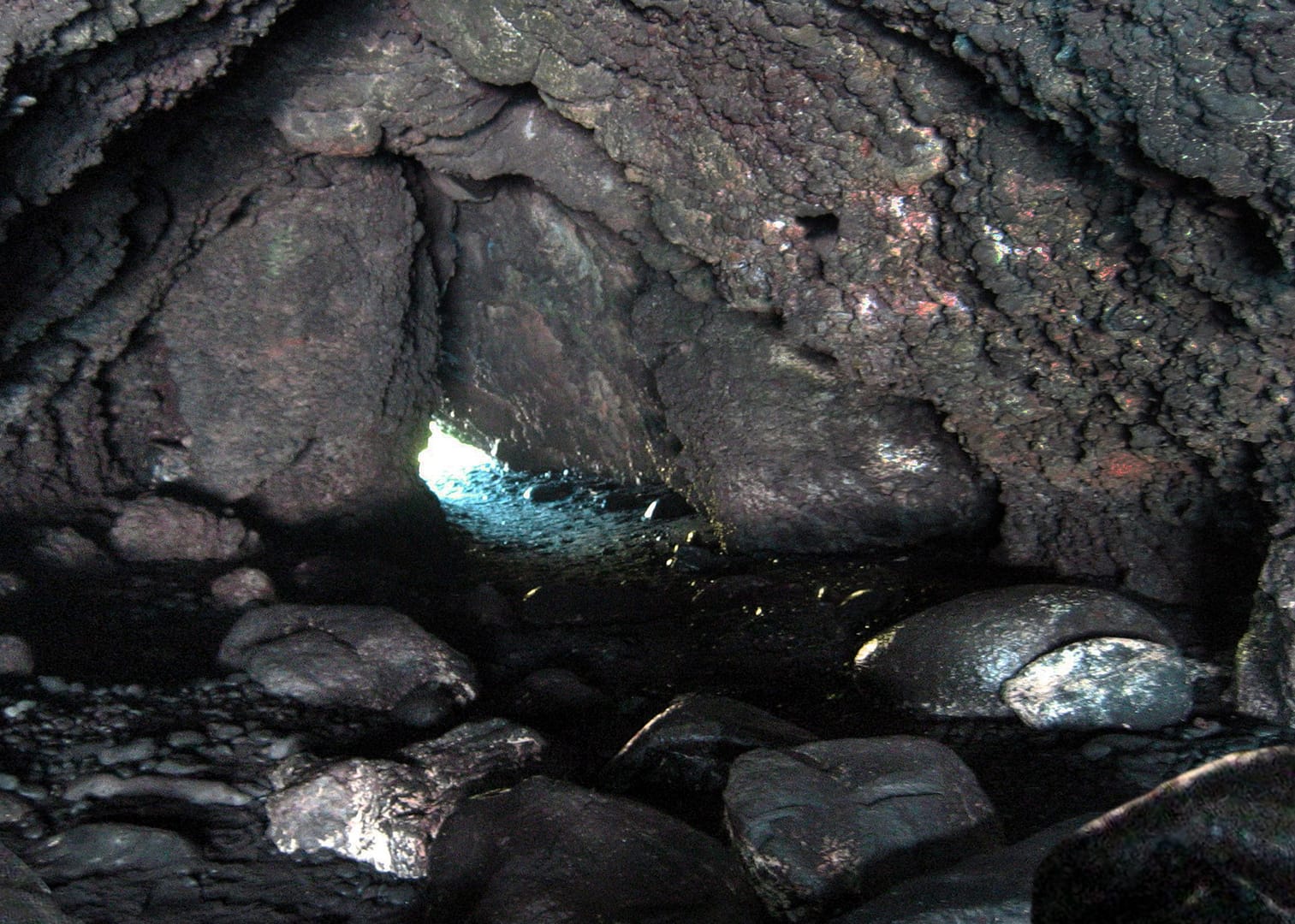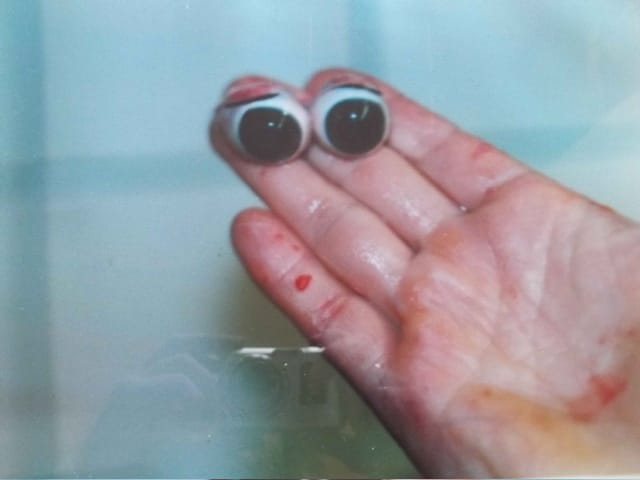Judith Raum, Ulu Braun
Finissage & artist talk:
Sunday December 8, from 5 to 8 p.m.
Historical Drawing
A conversation between Judith Raum and Ines Schaber.
In artistic research processes and when working with archive material, questions repeatedly arise about the approach to or demarcation from scientific working methods and about the artistic form of processing, whereby the relationship between attention to detail and fictionalization is only one of the scales on which we have to position ourselves.
As an artist, Judith Raum spent several years researching the textile workshop of the Bauhaus and developed lecture performances and installations from it, such as the work Gittertülle shown in after the butcher, which deals with the curtain fabrics designed at the Bauhaus in 1933, the last year of the institution and the beginning of National Socialist rule.
In after the butcher, Ines Schaber (artist and author, Berlin/Los Angeles) and Judith Raum continue a conversation that they have been conducting for some time about the artistic examination of historical material and the resulting tension between documentation, narration, and abstraction.
The conversation begins at 6 p.m.
With “Glühwein” & biscuits…

Judith Raum, Ulu Braun
Opening Friday, October 18, 2019 at 7pm
Exhibition October 19 – December 8, 2019

In the spring of 1933, shortly before its closure, the Bauhaus Berlin launched a final collection of woven curtain fabrics. The designers Lilly Reich and Otti Berger had supervised the development of the collection. Judith Raum’s installation Gittertüll places one type of fabric from the collection at the centre of attention: highly light-permeable window nets, so-called lattice grommets, manufactured in many places in the German Reich at the time, now extinct here. Otti Berger and Lilly Reich pursued quite different agendas with their creative work, and their collaboration was therefore conflictual. In the years following the Bauhaus, the lattice grommets continued to live on in the work of both designers in different ways. The video work within the installation explores the question of how and whether Reich’s and Berger’s different interpretations of window nets can be brought together with their political stance in Nazi Germany.
The video collage Cave TV by Ulu Braun is a video installation that shows a projection on a relief-like surface. The installation reconstructs a social situation comparable to a campfire or a television set. The collaged images of the video refer to genres, epochs and styles of media history. Media fragments reverberate and meander on the video sculpture and hypnotize their audience with lively, flowing projections and forms. An archaic ritual that questions the (earth) attraction of light and darkness. “It is like a primal campfire that draws the viewer into contemplation on existence within his medial representation.” (David L.)
Judith Raum (1977, Germany), studied fine art at the Städelschule in Frankfurt/M. and the Cooper Union NYC as well as philosophy, psychoanalysis and art history at the Goethe-University Frankfurt/M. Her installations and performances combine material-based processes and traditional artistic media such as painting, drawing and object with thematic fields, mostly researched in archives, from economic and social history. In addition to German economic colonialism in the Ottoman Empire, the textile medium and its historical interdependencies, the procedures inherent in it, and its specific materiality have often been the subject of her work in recent years. Since 2016, she has been researching the materials used in the textile workshop at the Bauhaus.
Ulu Braun (1976, Germany) lives and works in Berlin. Between 1996 and 2005 he studied painting and experimental film at the University of Applied Arts in Vienna, the University of the Arts Helsinki and the Film University Babelsberg Konrad Wolf in Potsdam. Since 1997 he has been using video as a medium to explore the field between visual art and auteur cinema. He plays a key role in the genre of video collage and the transfer from painting to video.
